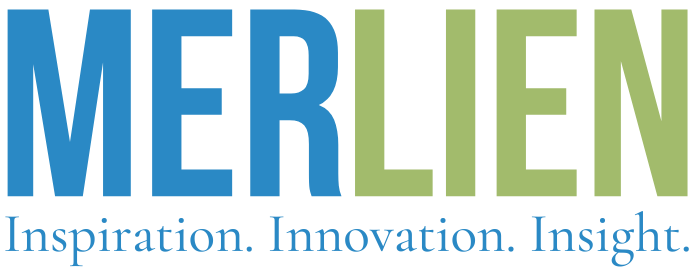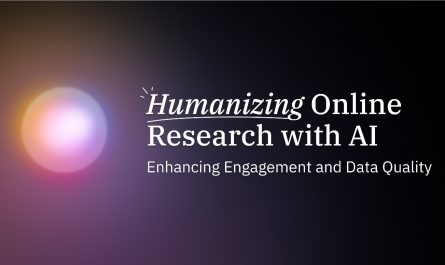User research today: Top trends and stakeholder expectations
Insights from Maze
In the lead-up to the UX360 Virtual Research Summit, we’re pleased to feature content from one of our sponsors, Maze.
Explore the key shifts shaping the user research landscape and see how researchers can redefine their role to amplify the unique value they bring to their organizations.
Technology is driving research efficiency and scaling
Kuldeep Kelkar, Partner at UXReactor, has seen the evolution of the UX research industry over the last 25 years.
“Most organizations want to be customer-centric, so the fundamental role of user research has remained largely the same: embedding customer feedback throughout the product lifecycle. What has changed significantly are the research tools and efficiencies available.”
“If you had asked me about research 20 years ago, my default assumption would have been in-lab usability testing, and I would have expected a researcher to conduct 10 to 12 studies in a year. Now, you can run the same amount of studies within a few months,” he explains. “Participant recruiting was hard and manual. Everything was moderated and conducted in person. New technology has significantly improved scaling, efficiency, and enablement of all functions.”
“The pandemic led to significant change as well, and forced us to adapt to remote research methods almost overnight,”
adds Maria Panagiotidi, Head of UX Research, at OysterHR.
“Tools for remote research have evolved quickly, making it easier to gather data from users globally and creating more inclusive research opportunities.”
Finally, we can’t discuss the evolution of user research without acknowledging the role of artificial intelligence. According to Maria, new AI-powered research tools are speeding up data analysis and insight generation. But as technology advances, it’s important to remember that these tools are aids, not replacements for the empathy, intuition, and deep understanding that human researchers bring to the table.
“Thinking about the AI conversation, I’ve seen a shift from confusion or concern, to excitement, to skepticism,” says Behzod Sirjani, Founder of Yet Another Studio. “Over a decade ago, I used to conduct interviews, and I’d go back, listen to the recordings, and write the transcripts myself. It’s been so valuable for me to get a first pass of that conversation from AI—it feels like such an enabler or an accelerant.”
We have to take a very intentional look at our practices, identify the key activities we’ve been doing, and how AI can assist us in our work. It’s about understanding what I need to accomplish and how AI can support that, rather than thinking, ‘I have this magic solution that I can apply to everything and hope for better results.’
Behzod Sirjani, Research Consultant and Founder, Yet Another Studio
User research in the evolving business landscape
New technologies and AI are not just transforming user research—they’re redefining how companies build products. Previously, organizations focused on getting products to market as fast as possible to gather user feedback. Now, for the first time, teams no longer have to choose between speed and learning—they can gather user insights as quickly as they build and iterate at every stage of development.
As speed alone loses its competitive edge, the real differentiator becomes what you build faster than competitors—making user research the center of gravity for organizational success.
In this context, let’s see how stakeholder expectations around user research have changed over time.
The need to solve the right problems
“From executives and product teams, I’m seeing a new reliance on UX research to help identify market opportunities and adopt a forward-looking perspective on emerging behaviors,”
shares Emma Craig, Director of UX Research at Miro.
“There’s less appetite for research that’s more descriptive in nature and focuses on examining existing hypotheses. Instead, our stakeholders need us to de-risk what’s being shipped today or think long-term to stay one step ahead of the competition.”
Megan McLean, User Research Team Lead at Spotify Advertising, highlights that her team is currently more focused on high-risk, low-clarity problems:
“We’ve sharpened our focus and prioritization approach significantly. This not only makes our team more sought after for messy and challenging problem spaces, but it also makes our work far more interesting.”
Future-facing work creates more ambiguous problem spaces, which can be uncomfortable, but may be our most valuable area to explore. These are the hard problems, and those willing to tackle them build a better moat around them.
Emma Craig, Director of UX Research, Miro
The tension between strategic and tactical research
A word of caution, however, comes from Maria Panagiotidi. While this evolution reflects a broader recognition of the value of research, the same can’t always be said for the resources allocated to UX research teams.
“Layoffs across the tech industry have added another layer of complexity. We’ve seen more UX researchers navigating job uncertainty or taking on hybrid roles that stretch beyond their usual responsibilities. Researchers had to be more resourceful and often prioritize shorter, tactical research over in-depth, long-term studies.”
According to Emma Craig, agility is huge.
“Most industries are facing a new scarcity of resources. Stakeholders are looking for ruthless prioritization of research, and people want insights that are immediately actionable. That’s where we see tension between future-thinking work and more tactical work.
“I’ve spent years considering our seat at the table. Adaptability, agility, and ambiguity are three skills researchers are innately skilled in, and in the current volatile and uncertain market conditions, they are exactly what our businesses need. An increasing ability to tackle future-facing, unclear, and nebulous problem spaces—rather than the clear, hypothesis-driven spaces we’re accustomed to—will ensure we remain essential partners to our executives and stakeholders.”
“There’s a unique challenge we’re facing in the industry: more designers are now expected to do some level of basic research. Carving out our space in the world is an ongoing and important conversation for every organization scaling research. If we don’t do that effectively, we’re going to have issues with role clarity and with research teams being understaffed. What does this mean for our research practice? What kind of research should we be tackling? Where’s our expertise best leveraged?”
Devin Harold, Design Research Leader, Ex-Capital One
Read the full playbook “Leading Through Change: Embracing the Evolving Role of User Research” here.
Don’t miss your chance to discuss the evolving role of UX at the UX360 Virtual Summit!
📅Join hundreds of UX research professionals on February 19-20, 2025, to explore the latest trends and case studies in UX research and design. Learn from UX experts and decision-makers from LSEG, Lufthansa Innovation Hub, Accenture, Meta, Mastercard, Pfizer, AWS, and many more!
Get ready to explore the newest UX research and design techniques—from planning research to using insights that drive real impact. Connect and network with UX pros globally, this is a must-attend event for anyone in UX design or research.
🌐 Secure your ticket today and transform your approach to UX research—together with your peers!










 by
by 


